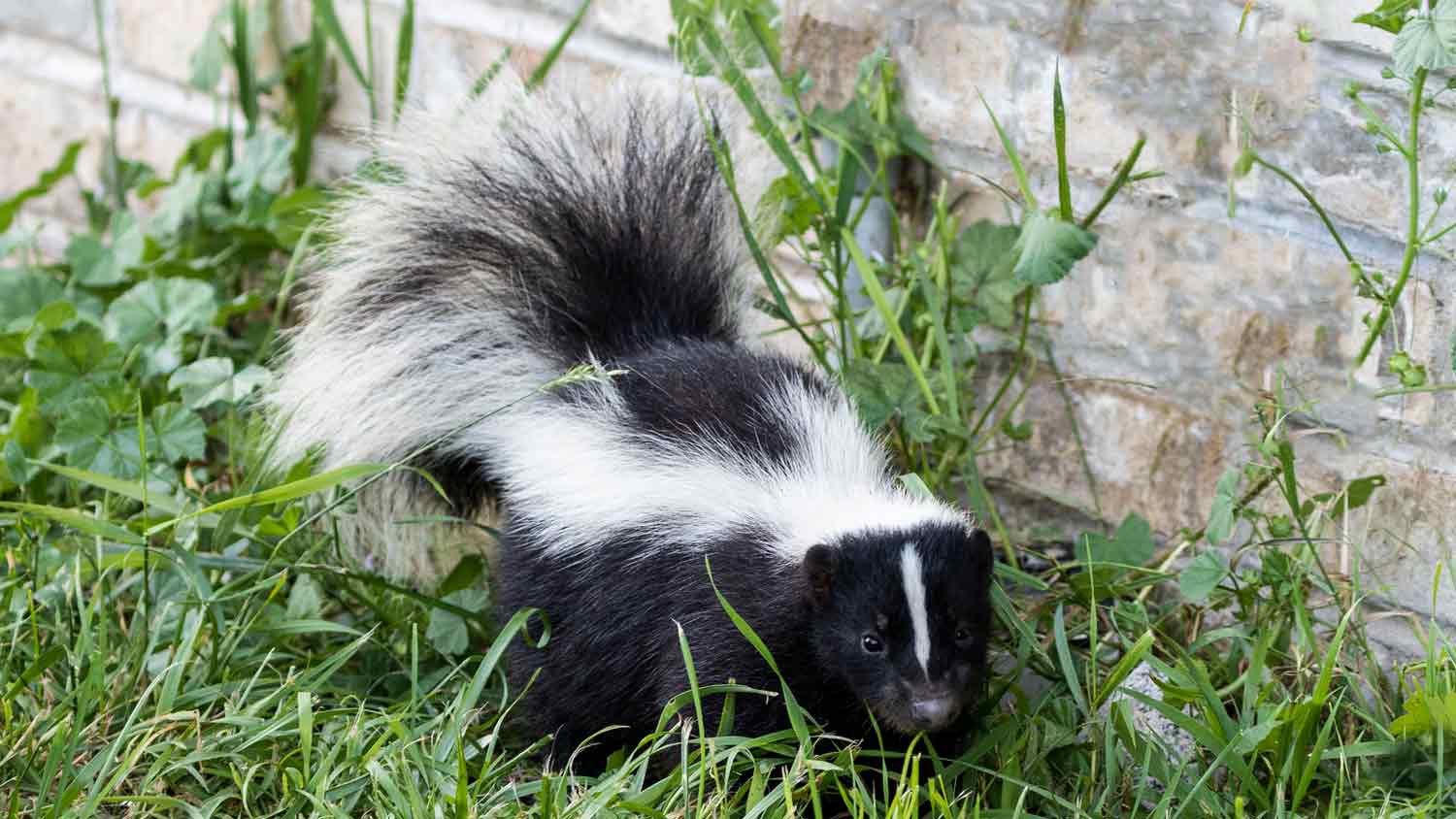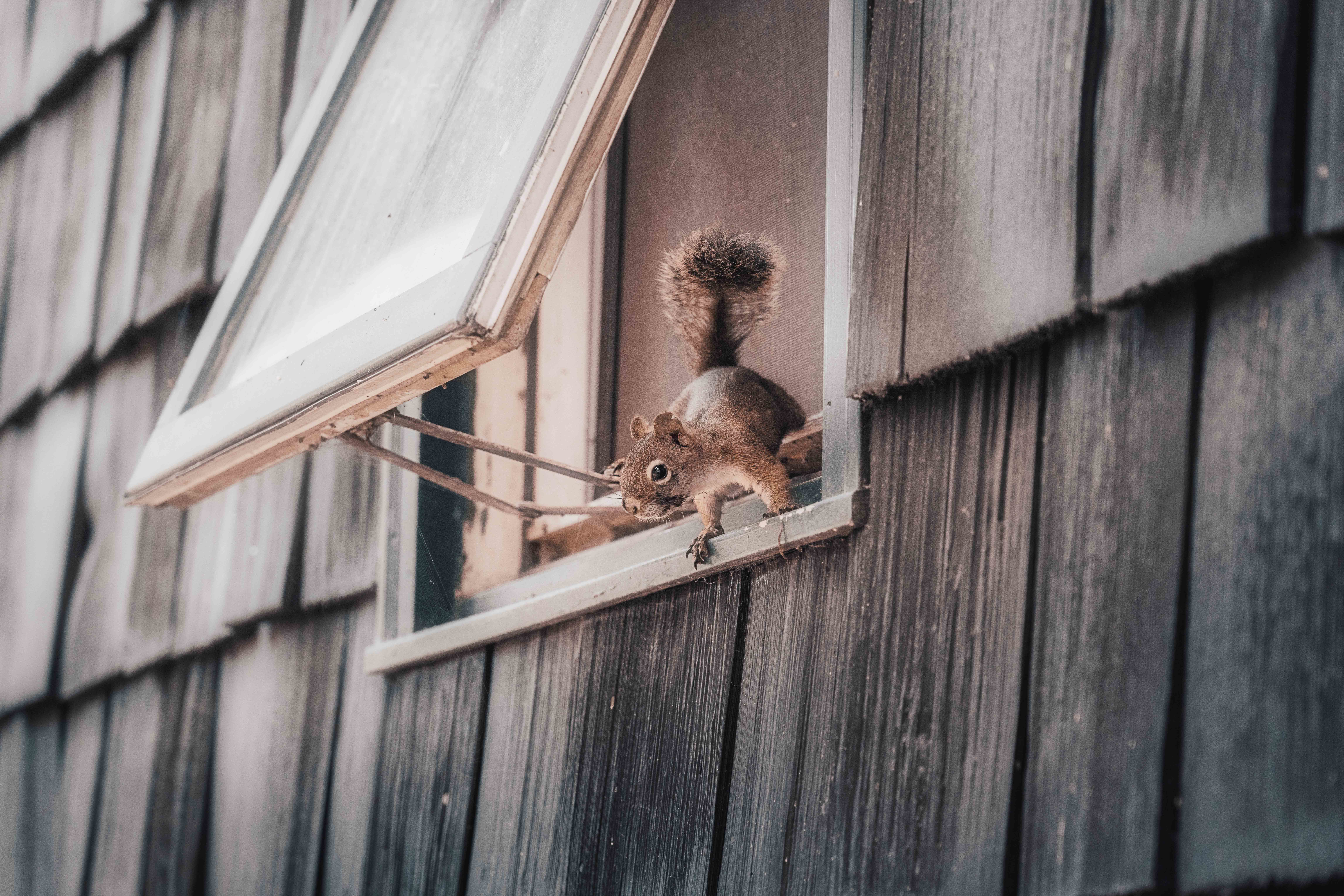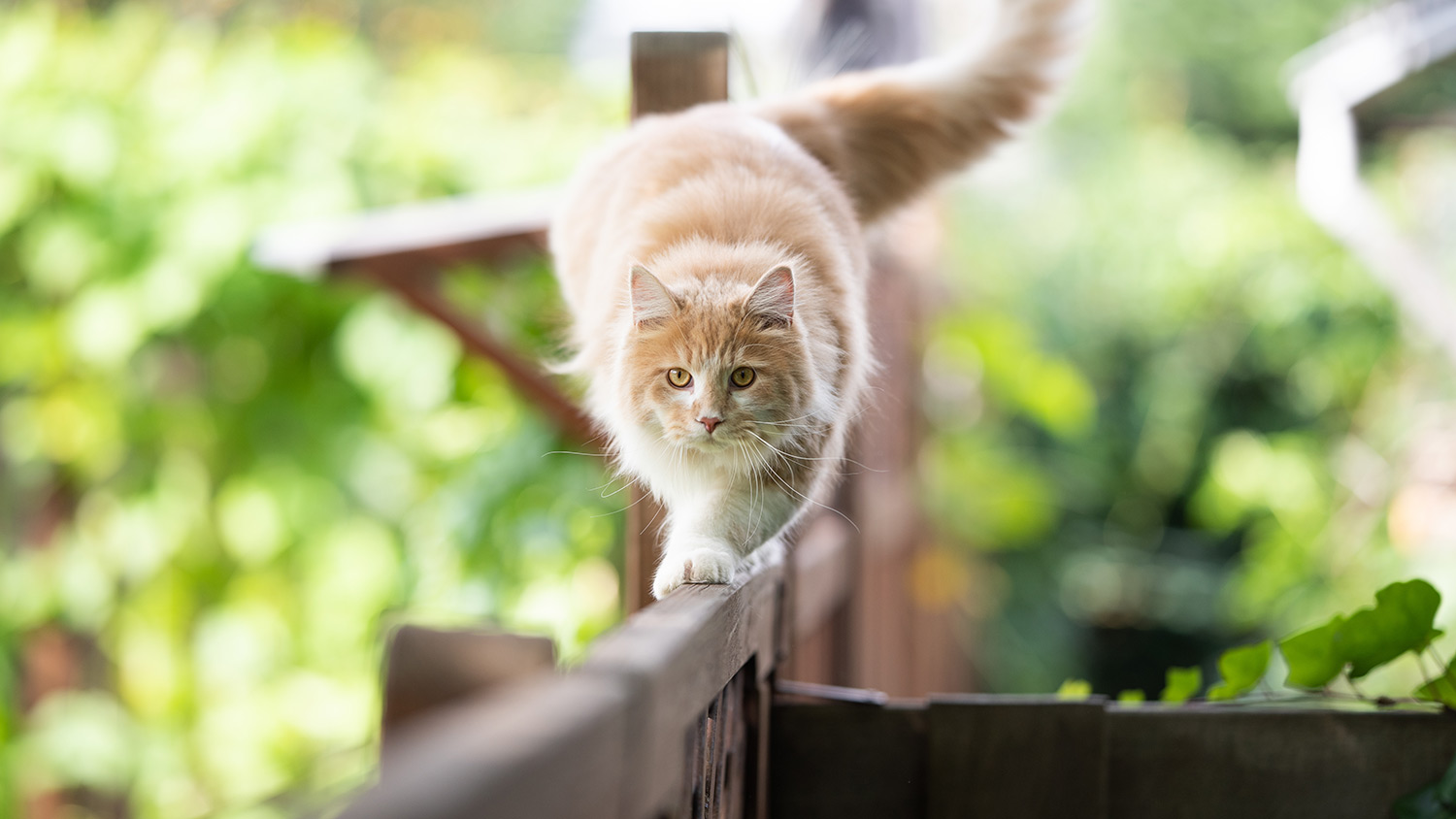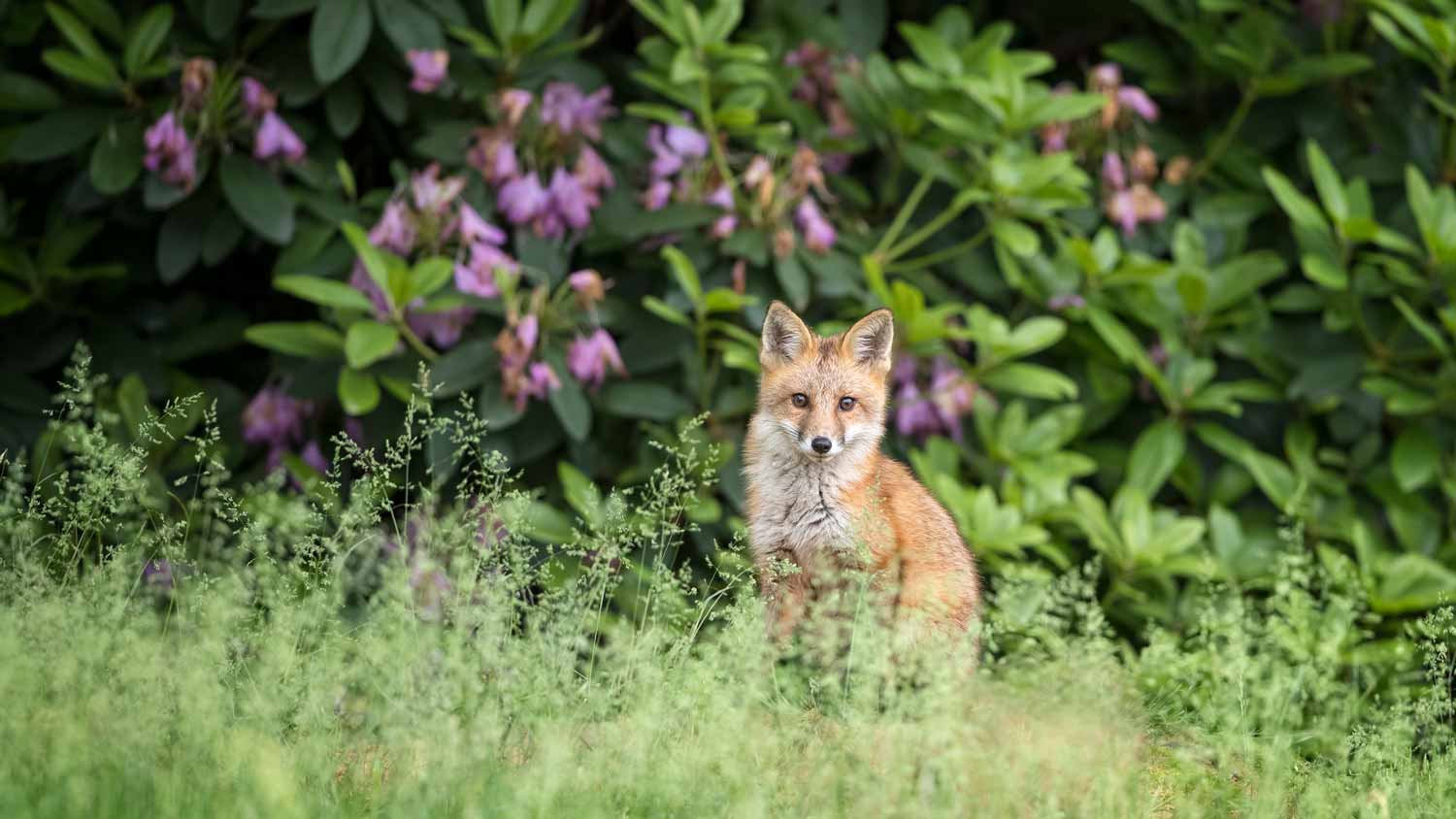
Budget for termite treatment costs based on factors such as termite type, infestation size, inspections, treatment type, labor, and more.
This project can cost anywhere from $100 to $1,300, so take a look at what could affect this price and get a quote from a pro.


Professional wasp nest removal costs between $300 and $700, averaging around $525.
The cost depends on the wasp type, nest size, location, and how accessible it is.
Nests inside walls or high above ground can increase the removal cost.
Hiring a professional ensures safe and effective removal, minimizing the risk of stings.
This article was updated using automation technology and thoroughly reviewed for accuracy by HomeAdvisor Editor Ryan Noonan.
Discovering a wasp nest on your property can be alarming. Professional wasp nest removal typically costs between $300 and $700, with an average price of $525. Factors like the nest's location, size, and accessibility influence the cost. Nests inside walls or high above the ground may incur additional charges. Hiring a professional ensures safe and effective removal, reducing the risk of stings.
Wasp removal typically costs between $300 and $700 for a one-time service. The nest's accessibility and size are the main factors that influence the cost.
Hard-to-reach nests in attics or walls may require minor demolition, which increases the price. Nests in trees or under eaves might need equipment like ladders or lifts.
Chemical treatments are included in the removal cost. Exterminators spray nests with pyrethroids to kill wasps, including those that return later.
Equipment costs, such as ladders and protective gear, are also factored into the final price.
Larger infestations with bigger nests typically cost more due to the increased risk and time required for removal. Nests inside walls or attics may require additional work, potentially raising costs.
| Type of Service | Average Price Range |
|---|---|
| Mud dauber removal | $300–$400 |
| Paper wasp removal | $100–$200 |
| Hornet removal | $300–$400 |
| Bald-faced hornet removal | $625–$750 |
| Yellow jacket removal | $500–$750 |
Mud dauber wasp nests typically cost between $300 and $400 to remove. While mud daubers aren't particularly aggressive, they will defend their nests if threatened. These wasps build mud tube nests in sheds, porch ceilings, playhouse roofs, and attics, which can be problematic for homeowners when human activity is perceived as a threat to the hive.
Paper wasp nest removal costs around $100 to $200. These little predators nest in easily accessible areas, like trees and overhangs. They are one of the most docile types and rarely attack. Removal is only necessary for high-traffic areas where kids and pets play nearby, or an allergic reaction is possible.
Hornet removal costs around $300 to $400, depending on the location and accessibility of the hive. Depending on the hornet species, they build their nests high in attics, eaves, and trees, or in abandoned rodent burrows or underground nests. Hornets are stinging insects larger than your average wasp. With a tan face and yellow and black striped bodies, these predatory insects can grow up to an inch long.
Costing around $625 to $750 to remove, bald-faced hornet nests tend to be high up in tree canopies, so extermination isn't always necessary. Bald-faced hornets aren't hornets but a distinct species of wasp.
Unlike yellow jackets, they don't chase intruders, although they will aggressively defend their nest. But they won't attack when foraging for food away from the home. Notably, though, their sting is more painful than most other insects. So, if kids or pets are at risk, extermination is the best option.
Yellow jacket removal costs are on the higher end of the spectrum, often averaging around $500 to $750. This higher price is mainly due to how they create hives. Yellow jackets usually colonize underground burrows where the hive grows rapidly in size before homeowners notice them.
These are the most aggressive types and usually present a health risk. They'll swarm intruders and pursue attackers for hundreds of yards. Their aggressive, unrelenting nature and the size of their nests (commonly the size of a basketball, containing hundreds of wasps) make them particularly dangerous, hence the higher removal cost.
The type of wasp and the nest's location determine the most effective extermination method. For simple hanging paper wasp nests, aerosol treatments are a cost-effective option. However, wasps nesting in the ground or inside your home require different approaches.
When you hire a local wasp exterminator, they will inspect your property, identify the wasp species and nest location, and recommend the best control method for your situation. Each method has its own cost.
| Wasp Extermination Method | Cost |
|---|---|
| Aerosol | $125–$150 |
| Dusting | $200+ |
| Vacuuming | $250+ |
Traditional chemical aerosol treatments start at $125, while natural, plant-based aerosol treatments start at $150. How much you'll pay depends on the infestation's severity, the nest's size, the type of wasp, and the location. Aerosol is a budget-friendly method of removing wasps with hanging nests, such as paper wasps and bald-faced hornets.
Standard pesticides include tetramethrin and prallethrin. Natural, plant-based options are available, such as pyrethrin, a substance found in chrysanthemum flowers. However, going natural usually costs more, starting at $150.
Dusting for wasps costs at least $200. This method of wasp control exterminates wasps that nest underground, such as yellow jackets and some species of hornets. A powdered pesticide, like permethrin, is pumped inside the entrance. It sticks to the first group of wasps, which then carry it further into the nest, coating and killing all the other wasps quickly.
Starting at $250, vacuuming wasps is the method of choice when wasps get inside your home. Sometimes, they nest in the walls, and at other times, although they may nest either hanging from your attic or on your home’s exterior, they'll work their way inside to find food and shelter.
Special vacuums can reach into tiny spaces and suck out the wasps. Vacuuming usually needs to be combined with another service to eradicate the nest as well as suck out the wasps.
Orkin and Terminix both offer wasp removal. Typical pest company removal rates fall in the $300 to $700 range, though they can be higher. Since each removal has specific considerations, both companies offer free quotes for their services and back them with guarantees.
Make an informed decision between hiring a local company or a national brand. Each comes with its own pros and cons.
If you're considering a DIY approach for small nests, and you're not allergic or afraid of stings, keep these tips in mind:
Wear protective clothing: Invest in a beekeeper suit, which costs around $100.
Choose an effective removal method: Options include using a shop vac, incineration, or soapy water.
Pick the right time: Remove nests at night when wasps are less active and gathered in the nest.
Leave ground nests to the professionals. Ground-dwelling wasps can be more dangerous, so hire a pro to eliminate the queen.
Don't disturb bees: It's easy to mistake honey bees for wasps. To protect these vital pollinators, hire a professional to identify and safely relocate them.
For safe and effective removal, consider hiring a professional wasp exterminator to handle the job.
Two types of chemicals are commonly used to eliminate wasps: sprays and dusts. Both are available online or at home improvement stores like Home Depot, Lowe's, or Menards.
Sprays: On average, sprays cost around $12. Brands like Raid, Spectracide, and Ortho use chemical mixtures that kill wasps on contact. These sprays typically reach up to 20 feet and kill returning insects for weeks after application.
Dusts: Cost approximately $15. Dusts are applied at entry points around ground-dwelling nests, preventing wasps from entering or leaving, and eliminating the nest over time.
Several chemical-free methods are available to eliminate or deter wasps, including using items you might already have in your kitchen.
Soap and Water ($2–$20): A mixture of one part soap to four parts water in a spray bottle or pressurized sprayer effectively kills wasps on contact. It is safe for humans and pets and is also useful against most insects.
Wasp Traps ($5–$20): While traps won't eliminate the nest, they can keep wasps away from specific areas around your home, helping to clear high-traffic zones without disturbing the nest.
Dummy Nests ($10–$20): Wasps avoid building nests near existing colonies. Hanging a fake nest can deter them from entering the area or constructing a new nest. Various options are available online.
No place is more important than your home, which is why HomeAdvisor connects homeowners with local pros to transform their houses into homes they love. To help homeowners prepare for their next project, HomeAdvisor provides readers with accurate cost data and follows strict editorial guidelines. After a project is complete, we survey real customers about the costs to develop the pricing data you see, so you can make the best decisions for you and your home. We pair this data with research from reputable sources, including the U.S. Bureau of Labor Statistics, academic journals, market studies, and interviews with industry experts—all to ensure our prices reflect real-world projects.
From average costs to expert advice, get all the answers you need to get your job done.

Budget for termite treatment costs based on factors such as termite type, infestation size, inspections, treatment type, labor, and more.

Budget for termite inspection costs based on factors such as treatment type, property size, inspection type, severity, documentation, and more.

Who to call for skunk removal? Learn when to hire animal control or pest control, safety tips, and skunk removal cost before you book

Who to call for wildlife removal? Learn when to hire wildlife removal specialists or animal control and how pros safely handle critters

Who to call for a cat stuck in a tree? Call an arborist, not 911. Learn why an arborist beats animal control and how rescues work

earn who to call for fox removal—wildlife removal service or animal control—plus costs, safety, and steps so you can choose the right help.